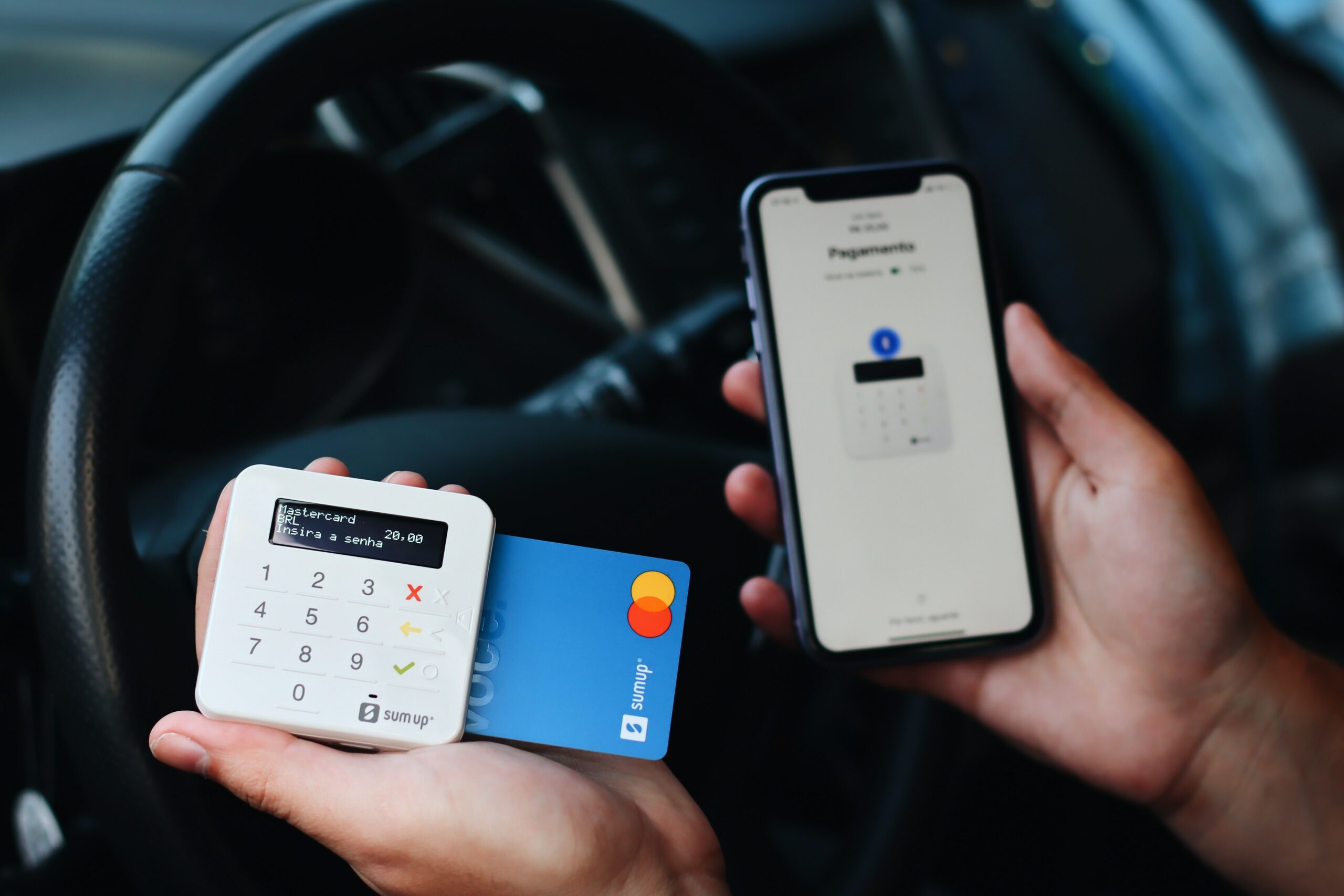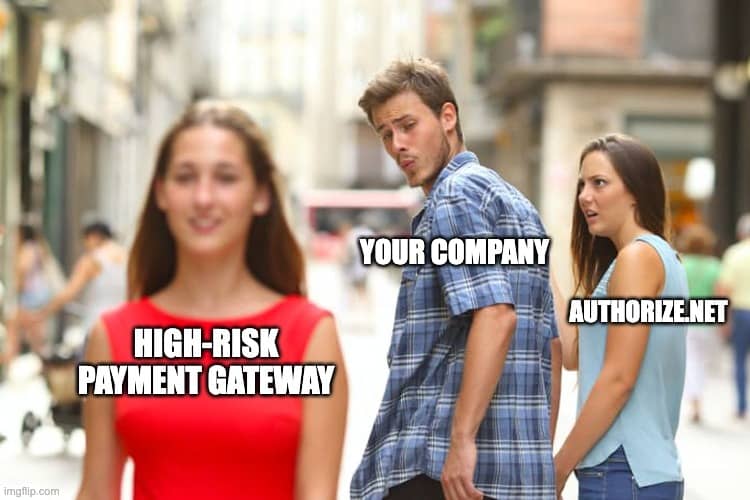What Is the Chargeback Ratio Limit for High-Risk Merchants?

If you’re a business owner, you already know that chargebacks are part of the territory. While never welcome, they’re a regular aspect of business, as long as they’re kept in check. However, if left unchecked, they can quickly swallow up revenues and create financial havoc for your merchant account.
The numbers tell the story: Chargebacks cost businesses a staggering 40 billion USD each year. And according to industry insiders, every 100 USD in chargebacks will actually cost merchants 240 USD in time, fees, penalties, and revenue loss.
For some merchants, excessive chargeback rates may also prevent them from getting the valuable payment processing services their business needs for success. If you’ve applied for merchant services and been denied, high chargeback ratios might be the culprit — but Zenti can help.
As one of the nation’s leading high-risk merchant account specialists, Zenti can help you get approved for VISA, Mastercard, Discover, and American Express, as well as a mobile app and e-check payments. And no matter how high your monthly transactions are, our plans are affordable, so you won’t have to pay the higher fees generally associated with high-risk businesses.
What are normal chargeback thresholds?
Every merchant has an upper limit that’s placed on their chargeback ratio. Typically, this monthly cap is calculated by dividing the number of chargebacks by the total number of transactions, with some allowance for small businesses.
Major credit card networks, including Mastercard and VISA, set the standard chargeback thresholds, and these are followed throughout the industry. Here’s a look at how the chargeback thresholds for VISA and Mastercard are calculated:
VISA’s chargeback thresholds
To calculate a merchant’s chargeback ratio, VISA divides the previous month’s chargebacks by the total number of transactions. Even for accounts with multiple chargebacks, VISA only counts the first ten chargebacks.
The VISA Dispute Monitoring Program (VDMP) monitors chargebacks and imposes higher chargeback fees on merchants whose chargeback ratios remain consistently above the limits. It categorizes accounts into two levels:
- Standard: These merchants have at least 100 chargebacks, resulting in a minimum chargeback ratio of 0.9 percent.
- Excessive: These merchants have at least 1,000 chargebacks, resulting in a minimum chargeback ratio of 1.8 percent.
When a merchant reaches the excessive category, the merchant’s bank will give the merchant three months to lower their chargeback levels. If the problem isn’t fixed, the merchant enters either the Enforcement or Excessive program for eight months. In the Enforcement program, the merchant has to pay 50 USD per chargeback during the first three months and 100 USD for the remaining months, culminating in a 25,000 USD review fee at the end of the period. The Excessive program is similar, except merchants pay 100 USD per chargeback for the entire eight months.
If a merchant stays within acceptable chargeback limits after three consecutive months, they can leave the enforcement program. If they don’t, they’ll continue to be penalized and may even be blacklisted.
Mastercard’s chargeback thresholds
In Mastercard’s Excessive Chargeback Program, a merchant’s first chargebacks in the current month are divided by the number of transactions in the previous month. Merchants are categorized into two levels:
- Excessive Chargeback Merchant: The merchant has a minimum of 100 chargebacks, with a ratio of at least 1.5 percent.
- High Excessive Chargeback Merchant: The merchant has a minimum of 300 chargebacks, resulting in a ratio of at least 3 percent.
Merchants in these categories for two consecutive months are placed in Mastercard’s enforcement program. After six months, if they haven’t been able to keep their ratio below 1.5 percent for two consecutive months, they’ll be penalized with higher fees and additional risk assessment protocols. Eventually, these merchants will end up on the one list that no one wants to make: the notorious MATCH list.
Mastercard’s MATCH list
Created by Mastercard, the Member Alert to Control High-risk Merchants (MATCH) list includes high-risk merchant accounts that are essentially blacklisted from getting credit card processing services. Bankers and merchant service providers look at a merchant’s chargeback ratio, as well as other components to determine payment processing eligibility. While getting on the MATCH list is easy enough, getting off of it can be difficult, especially since Mastercard and other card issuers don’t usually deal with merchants directly on this issue.
If you’ve been blacklisted for merchant services, Zenti can help you get approved for credit card processing, as well as mobile app and e-check payment methods, even if you’ve been denied before. And with a full roster of payment processing options, you can boost sales, increase your business reputation, and gain customer loyalty and retention.
Chargebacks and high-risk businesses
Certain types of businesses are prone to a higher number of chargebacks — and because of this, they’re considered high-risk by banks and financial institutions. For example, industries associated with controversy or social stigmas, such as adult entertainment, e-cigarette, or vape vendors, are prone to a type of chargeback called “friendly fraud.” This occurs when a customer doesn’t want it to be known that they patronize these vendors. If a relative, significant other, or employer accidentally sees the bill, the customer might pretend they didn’t make the purchase and dispute the charge as fraudulent.
While friendly fraudsters may seem harmless enough, they can significantly impact businesses. According to NASDAQ, companies lost more than 32 billion USD in 2021 thanks to friendly fraud. Likewise, analysts predict that friendly fraud will make up 61 percent of all chargeback transactions by 2023.
Chargeback prevention tips
These strategies can help you prevent chargebacks:
- For online sales, include extensive product descriptions with lots of photos.
- Make your return policy crystal clear, so there’s no misunderstanding.
- If you operate an adult business, don’t put the name (or any information about your products) on your packaging or billing letterheads.
- Use Payment Card Industry (PCI)-compliant payment processors with cyber-security protocols and monitoring tools.
- Provide exemplary customer service, and offer generous exchanges if a customer isn’t satisfied.
- Use a high-risk merchant specialist to help you manage your account.
If your business is plagued with excessive chargebacks that prevent you from getting payment processing services, it’s time to call in the experts at Zenti. We can provide you with tools that can monitor your monthly transactions, so you can track each payment from the point of sale to processing. Plus, we work with PCI-compliant payment processors who use the best next-generation cyber-security tools, so you’ll be protected against chargeback fraud.
Contact Zenti to find out how we can help you prevent chargebacks, streamline your operations, and provide the payment methods that will keep your customers happy and your business successful.
Read Next

Find out whether Authorize.Net works for high risk merchants, what restrictions you might face and how to get approved.

Get expert advice on selling CBD products on Shopify, including compliance tips and setting up secure payment options.

Find out why Square may deactivate merchant accounts and steps to resolve issues and maintain uninterrupted payment services.
Need a High-Risk Merchant Account?
Disruption-free payment processing at the best price for your situation, guaranteed.
Get Free Guidance Now!